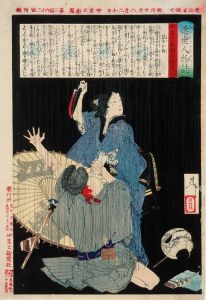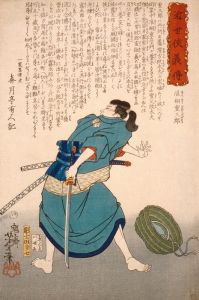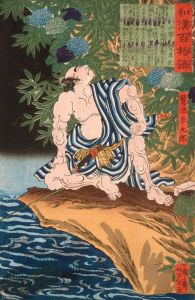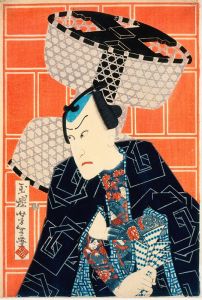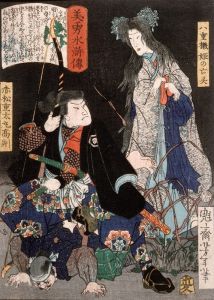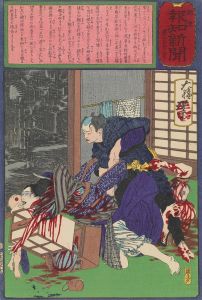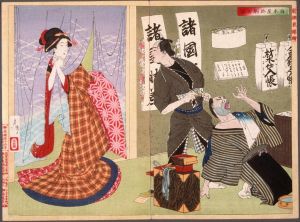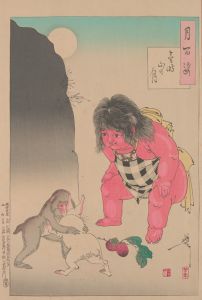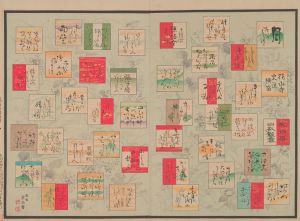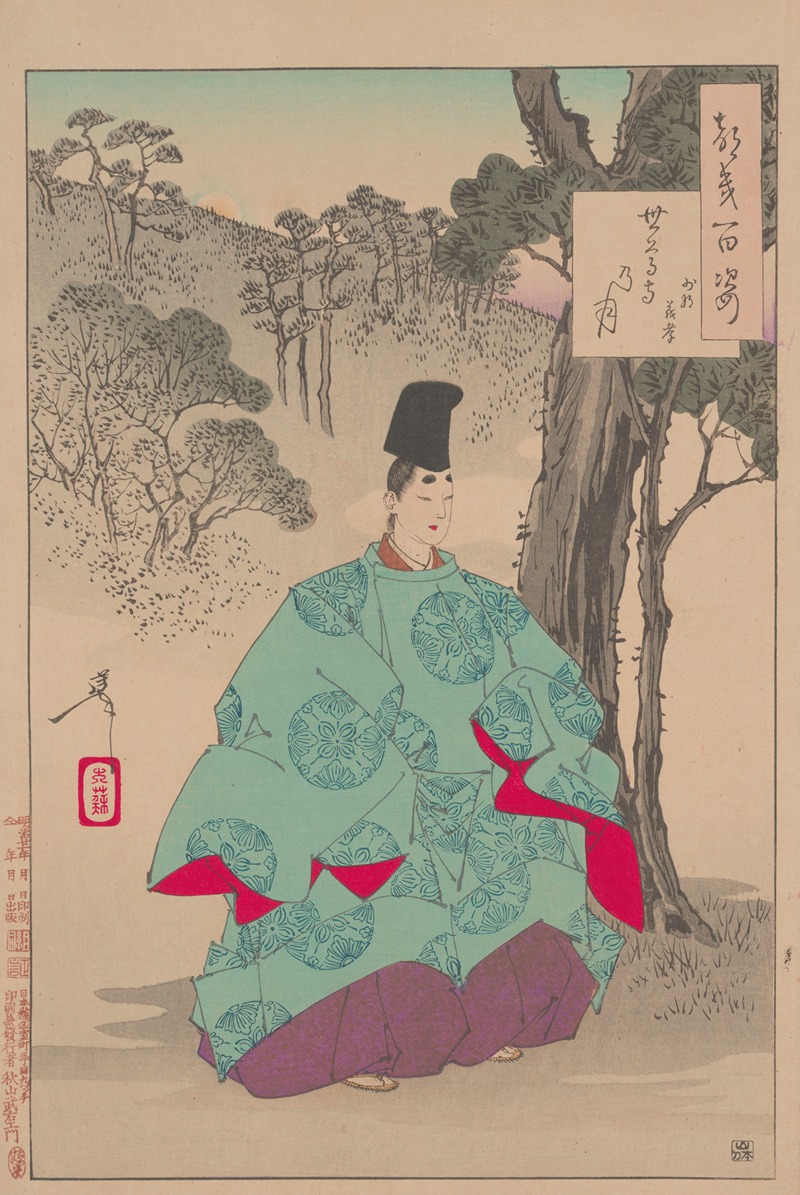
Seson temple moon
A hand-painted replica of Tsukioka Yoshitoshi’s masterpiece Seson temple moon, meticulously crafted by professional artists to capture the true essence of the original. Each piece is created with museum-quality canvas and rare mineral pigments, carefully painted by experienced artists with delicate brushstrokes and rich, layered colors to perfectly recreate the texture of the original artwork. Unlike machine-printed reproductions, this hand-painted version brings the painting to life, infused with the artist’s emotions and skill in every stroke. Whether for personal collection or home decoration, it instantly elevates the artistic atmosphere of any space.
Tsukioka Yoshitoshi (1839–1892) was a renowned Japanese artist, widely regarded as one of the last great masters of the ukiyo-e genre of woodblock printing and painting. His works are celebrated for their dynamic composition, dramatic use of color, and innovative portrayal of subjects. Among his notable series is "One Hundred Aspects of the Moon" (Tsuki hyakushi), which he created between 1885 and 1892. This series consists of 100 woodblock prints, each depicting a scene inspired by Japanese and Chinese legends, historical events, or literature, all unified by the motif of the moon.
One of the prints from this series is "Seson Temple Moon" (Seson-ji no tsuki), which exemplifies Yoshitoshi's artistic style and thematic focus. This particular print captures a moment from a well-known story or legend, though specific details about the narrative depicted in "Seson Temple Moon" are not extensively documented in available historical records. However, it is consistent with Yoshitoshi's broader work, which often explores themes of beauty, heroism, and the supernatural, all under the serene and contemplative presence of the moon.
Yoshitoshi's "One Hundred Aspects of the Moon" series was produced during a time of significant cultural and social change in Japan, as the country transitioned from the Edo period to the Meiji era. This period was marked by rapid modernization and Westernization, which influenced many aspects of Japanese life, including art. Despite these changes, Yoshitoshi remained committed to the traditional ukiyo-e style, while also incorporating new techniques and ideas that reflected the evolving cultural landscape.
The "Seson Temple Moon," like other prints in the series, showcases Yoshitoshi's mastery of the woodblock printing technique. His use of color, line, and composition creates a sense of depth and emotion, drawing the viewer into the scene. The moon, a central element in the series, serves as a symbol of constancy and reflection amidst the changing world, a theme that resonates throughout Yoshitoshi's work.
Yoshitoshi's prints, including "Seson Temple Moon," are highly regarded for their artistic and historical significance. They offer a window into the cultural and social dynamics of 19th-century Japan, as well as the enduring appeal of traditional Japanese art forms. Today, Yoshitoshi's works are preserved in museums and collections worldwide, where they continue to be studied and admired for their beauty and craftsmanship.
In summary, "Seson Temple Moon" is a testament to Tsukioka Yoshitoshi's skill as an artist and his ability to convey complex themes through the medium of woodblock printing. While specific details about the narrative of this print may be limited, its place within the "One Hundred Aspects of the Moon" series highlights its importance as part of Yoshitoshi's exploration of the interplay between human experience and the natural world.





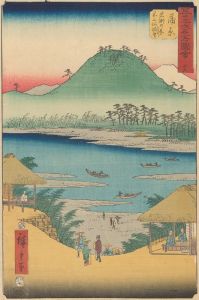
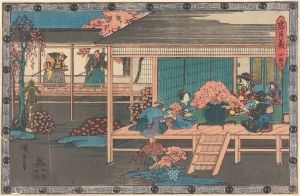
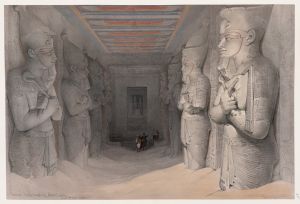
![Portico of the Temple of Kalabshi [Kalâbishah].](/imgs/217528/s/david-roberts-portico-of-the-temple-of-kalabshi-kalabishah-3a295995.jpg)
![Temple of Kalabshee [Kalabsha, Kalâbishah], Nubia. Nov. 1838.](/imgs/217548/s/david-roberts-temple-of-kalabshee-kalabsha-kalabishah-nubia-nov-1838-be0ac440.jpg)
